Have you ever stumbled upon a tiny, featherless creature on the ground and wondered what kind of bird it might be? Identifying baby birds can be challenging yet rewarding, offering a glimpse into the diverse avian world around us. Whether you’re a concerned citizen who found a nestling in your backyard or a budding ornithologist, knowing how to properly identify baby birds is crucial for their wellbeing. This guide will walk you through the process of identifying different species of baby birds, understanding their developmental stages, and knowing when intervention is necessary—and when it’s best to leave them be.
Understanding Baby Bird Development Stages
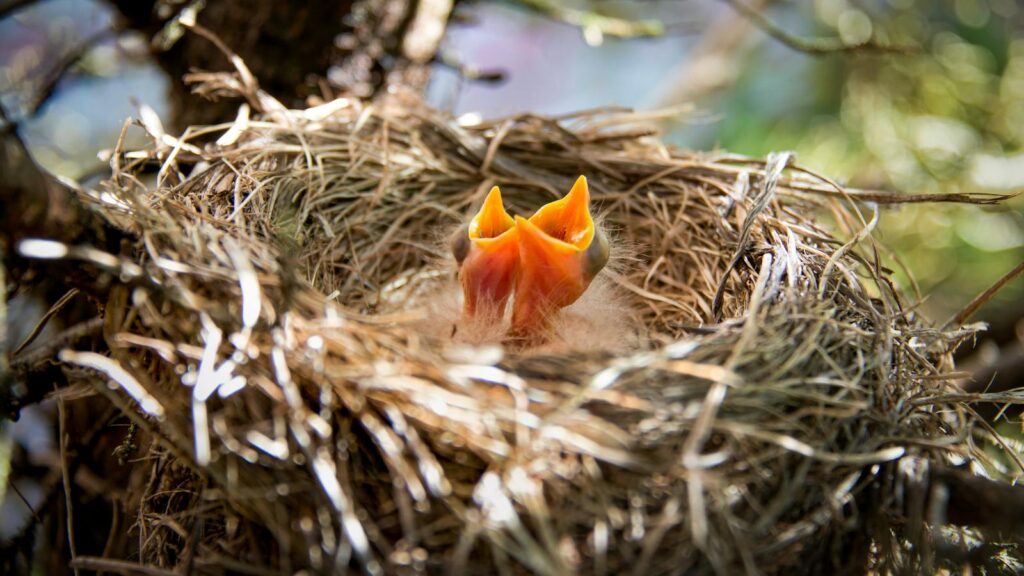
Baby birds go through several distinct developmental stages before reaching maturity, each with characteristic appearances that can help with identification. Hatchlings are newly hatched birds that are typically naked with closed eyes, completely dependent on their parents for warmth and food. Nestlings are slightly older with some pin feathers beginning to emerge, eyes starting to open, but still unable to leave the nest. Fledglings have most of their feathers, open eyes, and short tails, and are learning to fly but may spend time on the ground while developing their flight muscles. Understanding these developmental stages is crucial because a bird’s age significantly impacts both identification possibilities and the appropriate human response if found outside the nest.
Observing Key Physical Characteristics
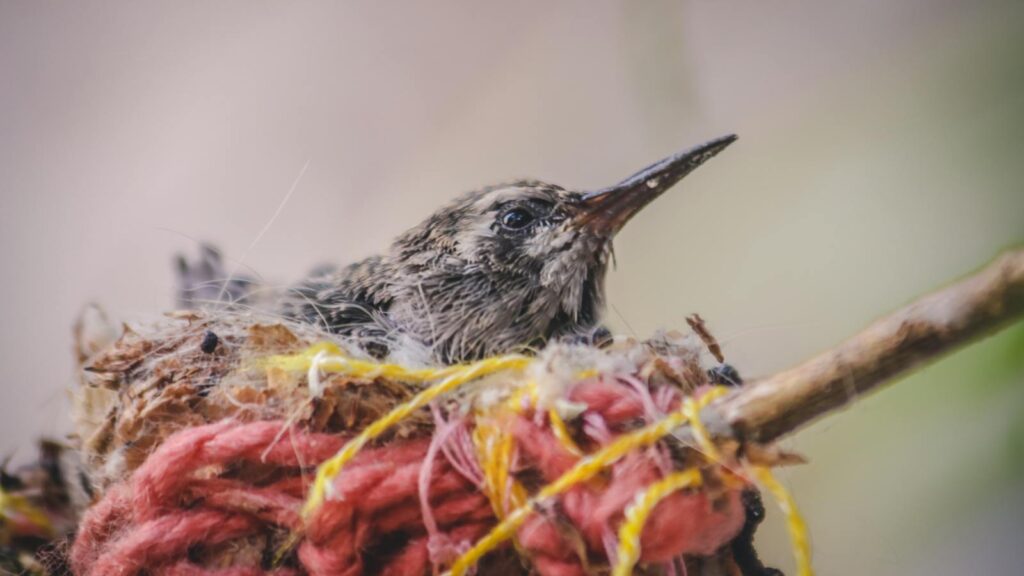
When attempting to identify a baby bird, start by noting key physical characteristics that can narrow down the possibilities. Pay attention to the size of the bird, which can range from tiny hummingbird nestlings no bigger than a jelly bean to robin-sized songbirds or larger hawk nestlings. Observe any developing feathers, noting their color patterns, distribution, and whether they’re appearing as pins (feather shafts) or beginning to unfurl. The shape of the beak offers significant clues—hooked beaks suggest predatory birds, while short, thick beaks often indicate seed-eaters. Additionally, examine the feet, as some species have distinctive foot characteristics such as woodpeckers’ zygodactyl feet (two toes forward, two backward) or the webbed feet of waterfowl, which are visible even in very young birds.
Using Location as an Identification Clue
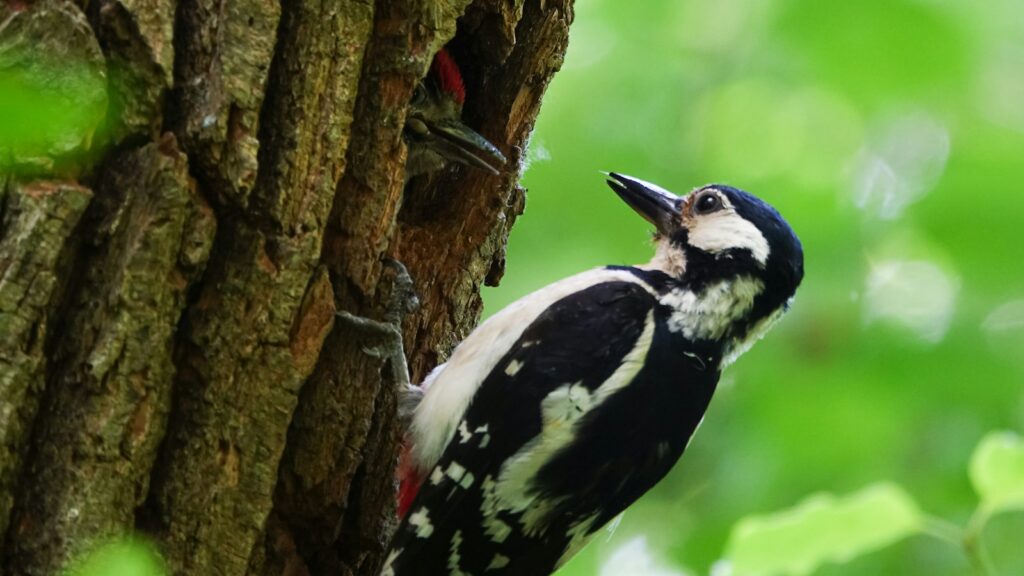
The location where you find a baby bird provides valuable context for identification. Birds that nest in cavities, like woodpeckers or bluebirds, will have different-looking babies than ground-nesting birds like killdeer or quail. Urban environments typically host common species like house sparrows, European starlings, and pigeons, while woodland areas might be home to thrushes, warblers, or vireos. Waterside locations could indicate waterfowl like ducks or shorebirds. Additionally, considering your geographic region is essential, as bird species vary significantly across different parts of the country and different habitats. A baby bird found in the desert Southwest will likely belong to different species than one found in the Pacific Northwest or New England.
Recognizing Common Backyard Baby Birds
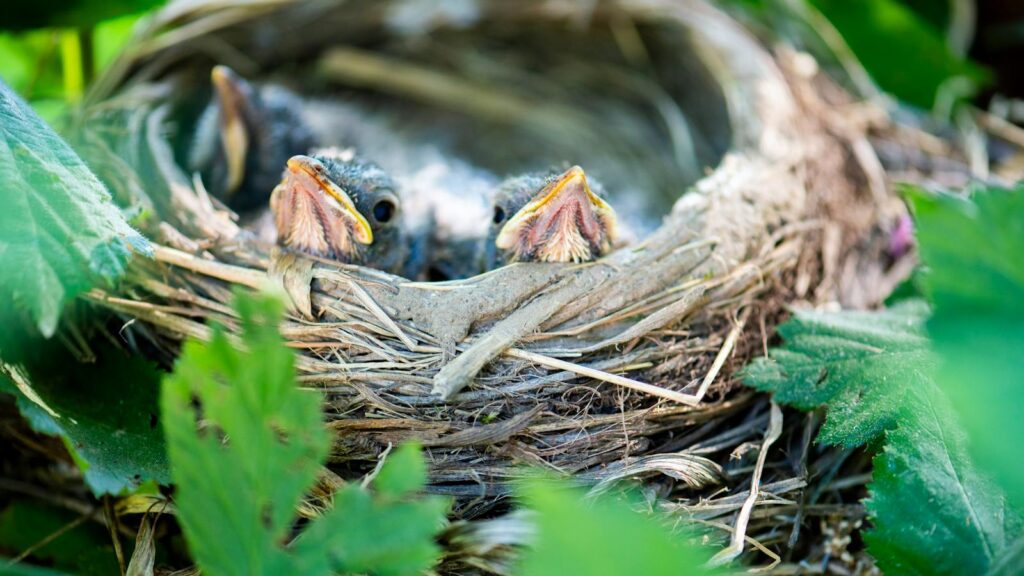
Several bird species commonly nest in residential areas, making their babies frequent finds for homeowners. American robin nestlings have large yellow-orange gapes (the inside of their mouths) and develop speckled breasts as they grow. House sparrow babies are smaller with relatively large heads and short, thick beaks that develop quickly. Northern cardinal nestlings have distinctive crest feathers that begin to emerge early and reddish bills. European starling babies have long, pointed beaks and develop their distinctive speckled plumage as they grow. Mourning dove babies (squabs) are distinctive for their yellowish down and rapid development, often leaving the nest when they still appear quite young. Learning to recognize these common species can help you quickly identify most baby birds you’re likely to encounter in suburban environments.
Differentiating Between Songbird Species
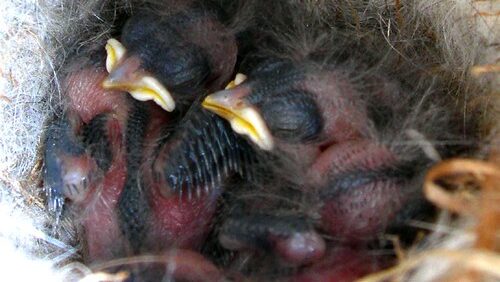
Songbirds (passerines) make up the largest group of birds, and their babies share certain characteristics while also showing species-specific traits. Most songbird nestlings have large heads, short necks, and disproportionately large eyes compared to their bodies. To differentiate between species, pay attention to the development of rictal flanges (the yellowish corners of the mouth), which are more prominent in some species than others. Nestling chickadees, for example, have relatively small rictal flanges compared to the exaggerated yellow flanges of mockingbirds or thrushes. The pattern of developing feather tracts can also be telling—look for emerging wing bars, eye rings, or distinctive patterns on the head and back, which appear as feathers begin to grow. The timing of development also varies between species, with some birds like chickadees staying in the nest for up to 18 days, while others like sparrows may fledge in just 9-12 days.
Identifying Birds of Prey Nestlings
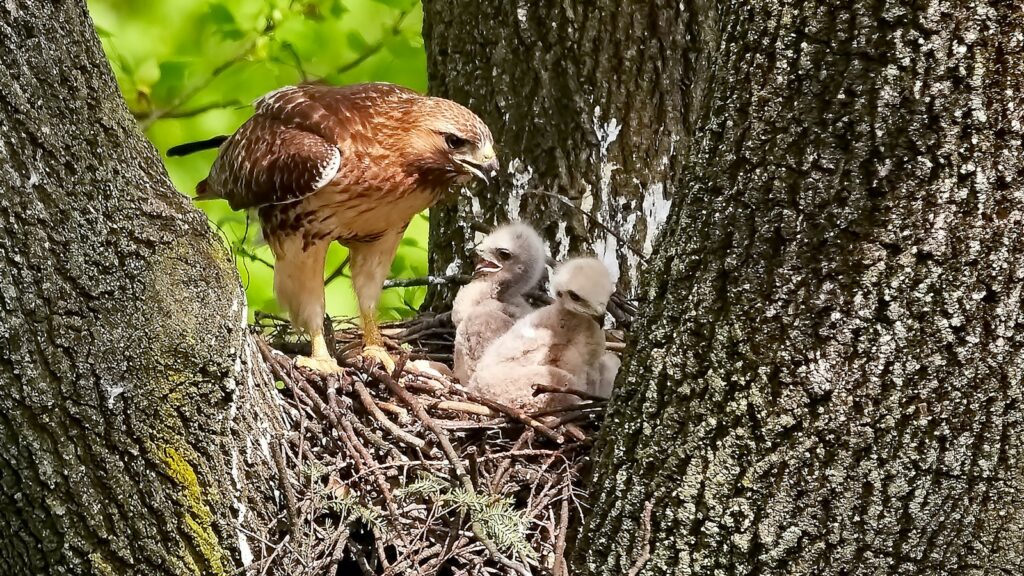
Baby raptors (hawks, owls, eagles, and falcons) have several distinctive characteristics that set them apart from songbird nestlings. Even at a young age, raptor nestlings typically have notably large, powerful feet with talons that develop early for capturing prey. Their beaks feature a curved upper mandible designed for tearing flesh, apparent even in very young birds. Unlike many songbirds, many raptor species exhibit a significant size differential between males and females (sexual dimorphism) that can be observed even in nestlings, with females typically larger. Additionally, raptor nestlings often develop in a sequence where down is replaced by juvenile feathers that may look quite different from adult plumage, making identification challenging without considering the developmental stage. If you find a potential raptor nestling, it’s particularly important to contact wildlife rehabilitation experts, as these birds require specialized care and are often protected by laws like the Migratory Bird Treaty Act.
Waterfowl and Shorebird Identification
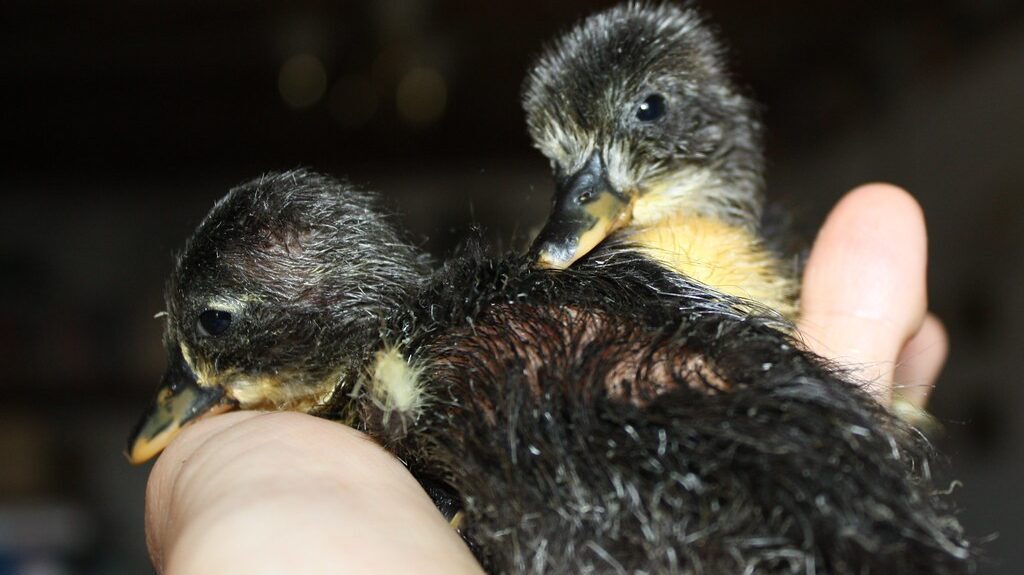
Baby waterfowl and shorebirds are precocial, meaning they hatch with open eyes, covered in down, and can leave the nest shortly after hatching—contrasting sharply with the altricial (helpless) nature of songbird nestlings. Duckling identification relies heavily on down coloration and facial patterns, with mallard ducklings showing the classic yellow-and-brown pattern, while wood duck ducklings have distinctive facial striping and darker backs. Goslings of different goose species can be distinguished by their size, bill shape, and the specific shade of their yellowish down. Shorebird chicks like killdeer or sandpipers have speckled down that provides excellent camouflage and proportionally longer legs than waterfowl chicks. One key feature for identifying these types of baby birds is that they’re almost always accompanied by at least one parent when found, unless something has happened to separate them, making observation of the parent birds an excellent identification tool.
Using Digital Resources for Identification

Several excellent digital resources can assist with baby bird identification when traditional field guides fall short. Mobile apps like Merlin Bird ID by Cornell Lab of Ornithology now include some features to help identify nestlings and fledglings based on location and time of year. Regional wildlife rehabilitation center websites often feature galleries of common baby birds in their area at different developmental stages. Social media groups dedicated to bird identification, like those on Facebook or Reddit, can provide rapid assistance from experienced birders when you post clear photos of the bird in question. Online forums run by organizations like the Audubon Society or Cornell Lab of Ornithology offer spaces where experts can help with challenging identifications. When using these resources, always provide clear photos from multiple angles, information about the location and habitat, and any observations about behavior or nearby adult birds to get the most accurate identification help.
Determining If a Baby Bird Needs Help
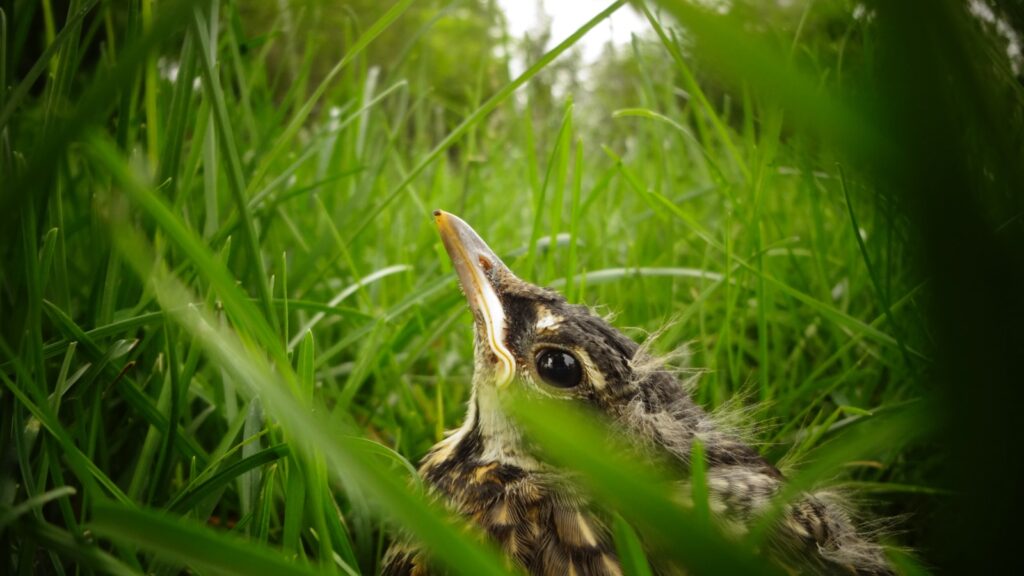
Understanding whether a baby bird truly needs human intervention is crucial for its survival, as well-meaning rescues can sometimes do more harm than good. A nestling (mostly naked with few feathers) found on the ground is likely in trouble and may need help, as it has fallen from its nest prematurely. In contrast, a fully-feathered fledgling on the ground is often perfectly fine and is learning to fly under the watchful eyes of nearby parents. Signs that a baby bird genuinely needs help include visible injuries, obvious weakness or lethargy, being attacked by pets or predators, or exposure to extreme weather conditions. If the bird has been abandoned (observe from a distance for at least an hour to confirm no parents are returning), or if the parents are known to be dead, intervention may be necessary. When in doubt, contact a wildlife rehabilitator for guidance rather than attempting to care for the bird yourself, as improper care can be harmful and is often illegal without proper permits.
Safe Handling and Temporary Care Techniques
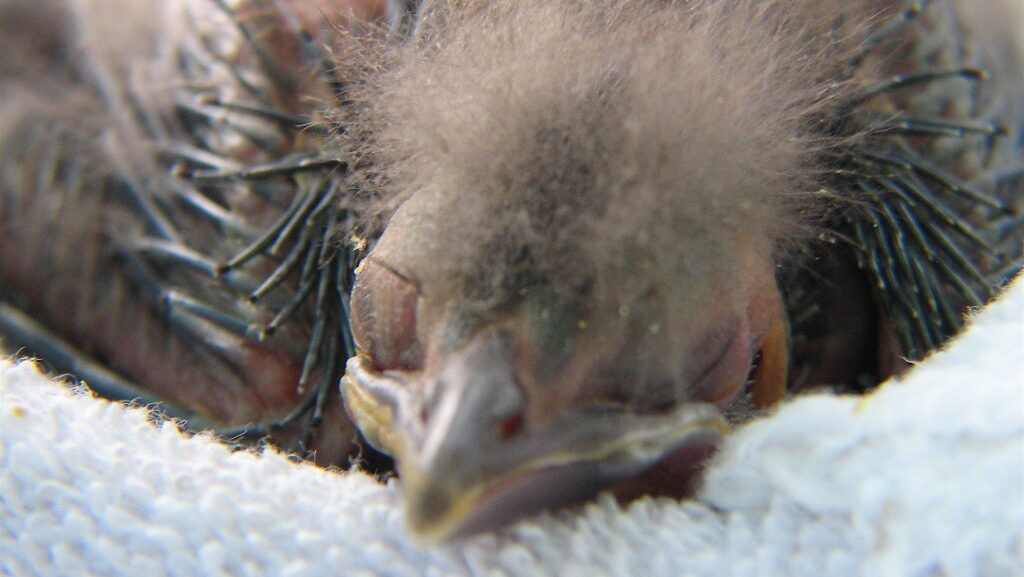
If you must handle a baby bird to move it to safety or transport it to a wildlife rehabilitator, follow proper techniques to minimize stress and prevent injury. Begin by washing your hands thoroughly to remove oils, lotions, or chemicals that could harm the delicate bird. Use clean, dry hands or wear thin gloves when handling the bird, gently supporting its entire body without squeezing. For temporary containment, place the bird in a small cardboard box lined with a clean, soft cloth (avoid towels with loops that can catch tiny feet), with small air holes and a secure lid. Keep the container in a warm, quiet, dark place away from children, pets, and noise to reduce stress. Avoid feeding or giving water to the bird unless specifically instructed by a wildlife rehabilitator, as improper feeding can cause fatal aspiration or nutritional problems. Transport the bird to a licensed wildlife rehabilitator as quickly as possible, as they have the expertise and legal authorization to provide appropriate care.
Common Identification Mistakes to Avoid
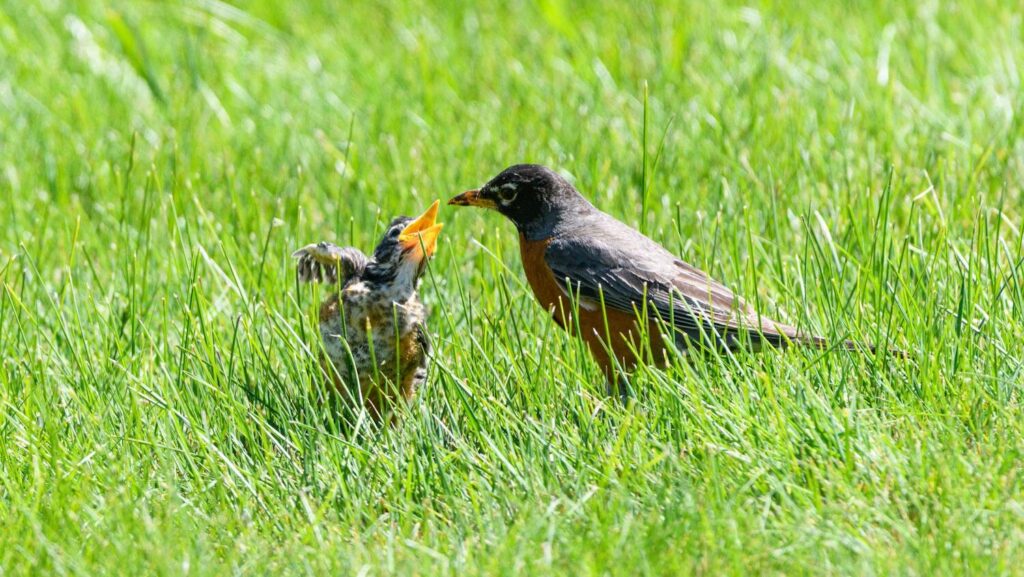
Several common misconceptions can lead to errors when identifying baby birds. One frequent mistake is assuming that any baby bird on the ground is abandoned or in distress, when fledglings naturally spend time on the ground as part of their development. Another error is misidentifying species based on nearby adult birds, as mixed-species flocks or opportunistic feeders may be present without being the parents. Be cautious about identifying birds solely by their gape color or mouth shape, as these features can be similar across different species and change as the bird develops. Avoid making assumptions based on birds that previously nested in the area, as different species may use the same location in different seasons. Also be aware that some unrelated species have surprisingly similar nestlings, such as European starlings and American robins at certain stages, requiring careful observation of multiple characteristics for accurate identification.
Legal Considerations When Finding Baby Birds

Before intervening with any baby bird, it’s important to understand the legal framework protecting most wild birds. In the United States, the Migratory Bird Treaty Act protects nearly all native bird species, making it illegal to possess, transport, or care for these birds without proper permits. Non-native species like European starlings, house sparrows, and pigeons are exceptions to these protections in most areas. Each state may have additional regulations regarding wildlife rehabilitation and intervention, so familiarize yourself with local laws before taking action. Licensed wildlife rehabilitators are legally authorized to care for protected species and have the training and facilities to do so properly. If you find a baby bird that needs help, the legally appropriate action is typically to contact a licensed rehabilitator promptly rather than attempting to raise the bird yourself, regardless of how well-intentioned your efforts might be.
Supporting Backyard Bird Families
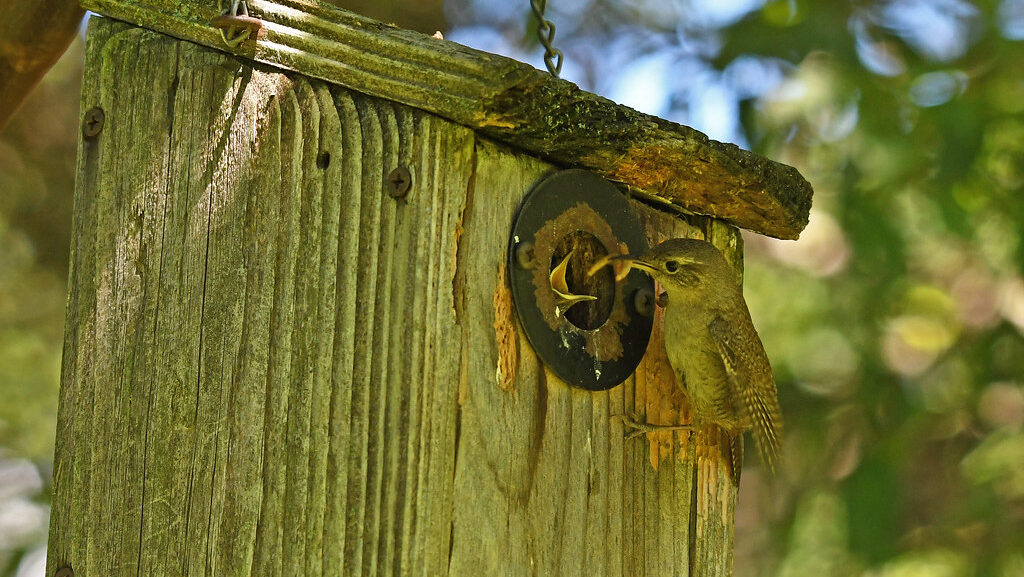
There are several ways to support wild bird families in your yard without directly interfering with the natural process of raising young. Install appropriate nesting boxes designed for specific species common to your area, positioned at the correct height and facing the optimal direction. Maintain bird-friendly landscaping with native plants that provide natural food sources and shelter, while minimizing the use of pesticides that can harm developing birds. Keep cats indoors during nesting season, as domestic cats are a leading cause of mortality for fledglings learning to fly. Provide supplementary food sources like birdfeeders with appropriate seed types, suet, or nectar depending on local species, which can help parent birds more easily feed their growing young. Create safe bathing areas with shallow bird baths that have rough surfaces for good footing. By creating a bird-friendly environment, you can observe the fascinating process of bird development while supporting healthy bird populations in your community.
Conclusion
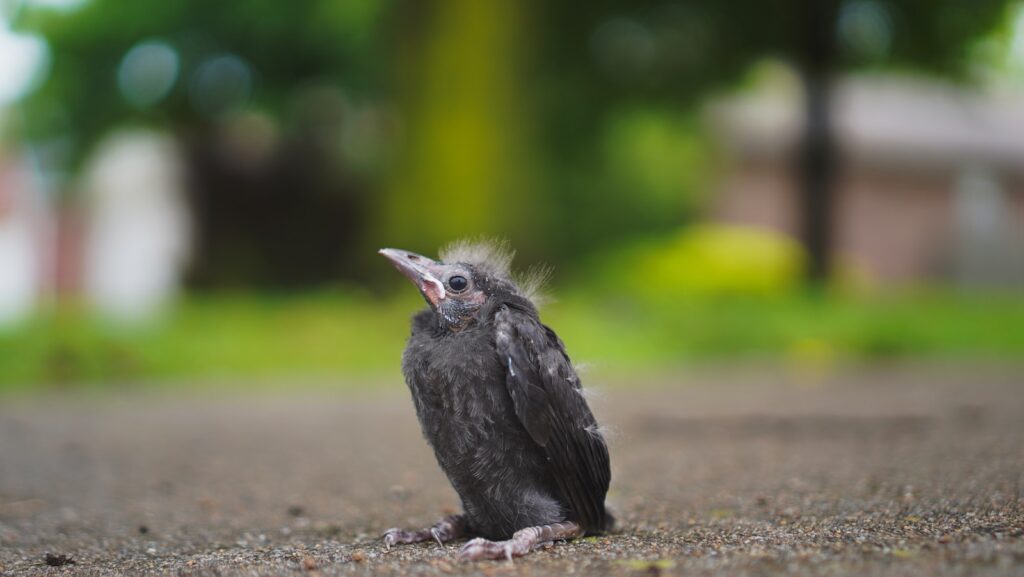
Identifying baby birds is both a science and an art that improves with experience and careful observation. By paying attention to physical characteristics, developmental stages, location context, and using available resources, you can become more confident in determining what kind of bird you’ve found. Remember that in most cases, the best action is minimal intervention—observe from a distance, protect from immediate dangers, and contact professionals when necessary. Understanding baby bird identification not only satisfies curiosity but also helps ensure appropriate responses that support bird conservation. With practice, you’ll develop a deeper appreciation for the remarkable diversity of birds in your area and their fascinating life cycles from egg to adult.
